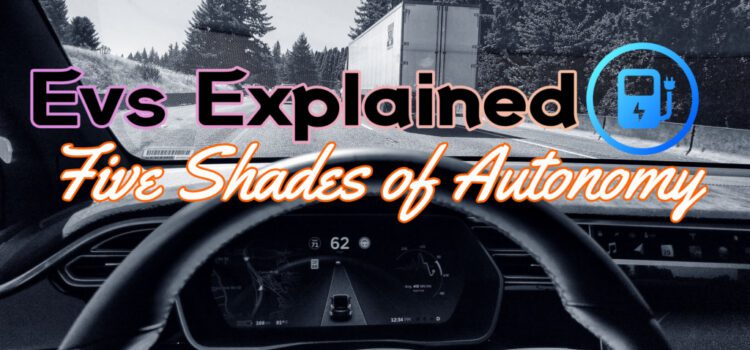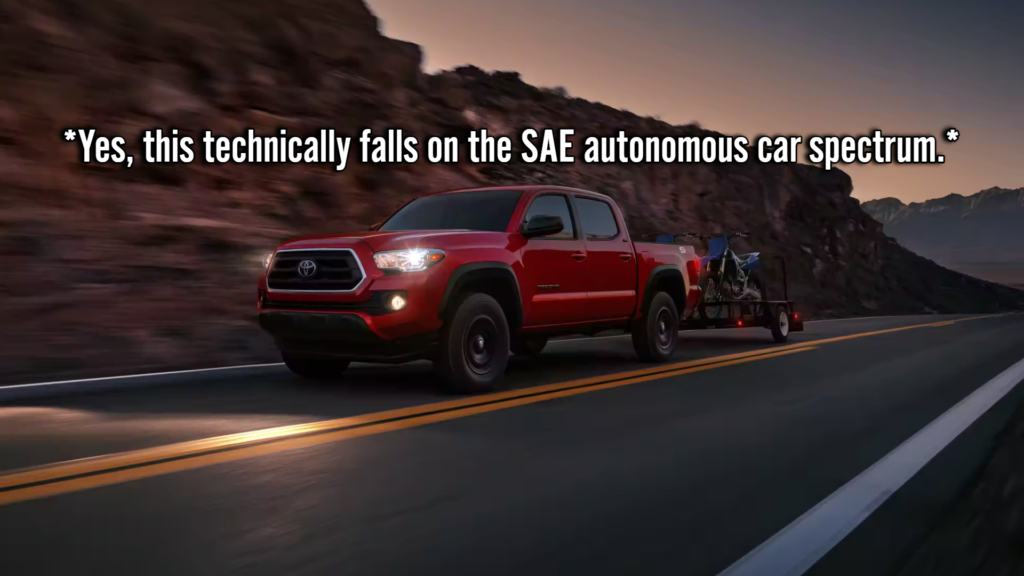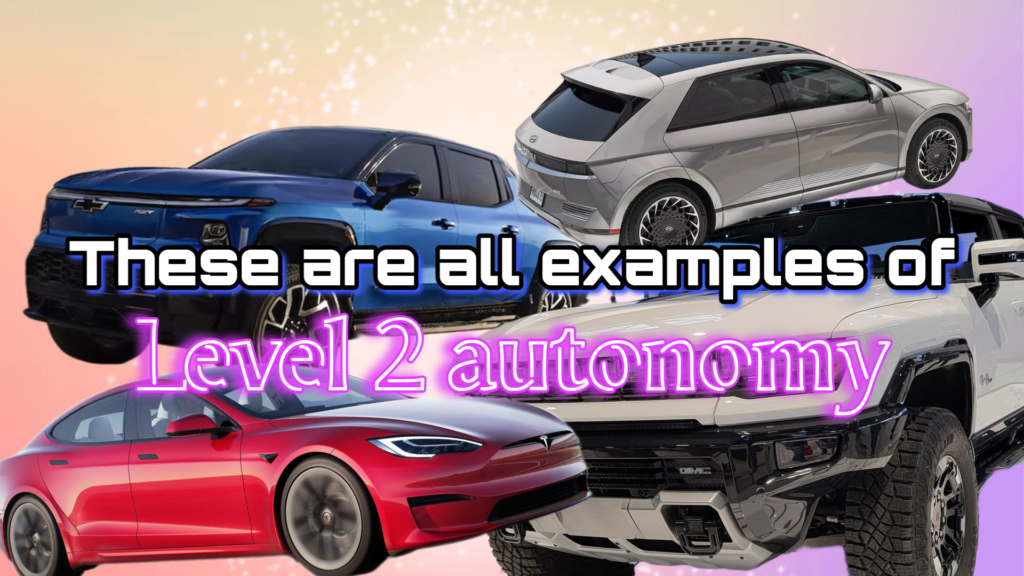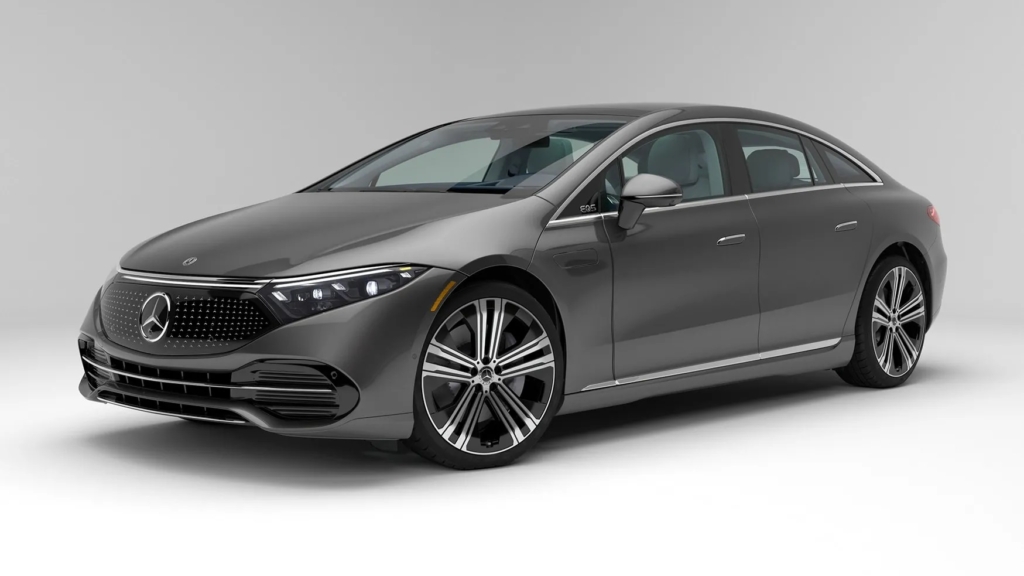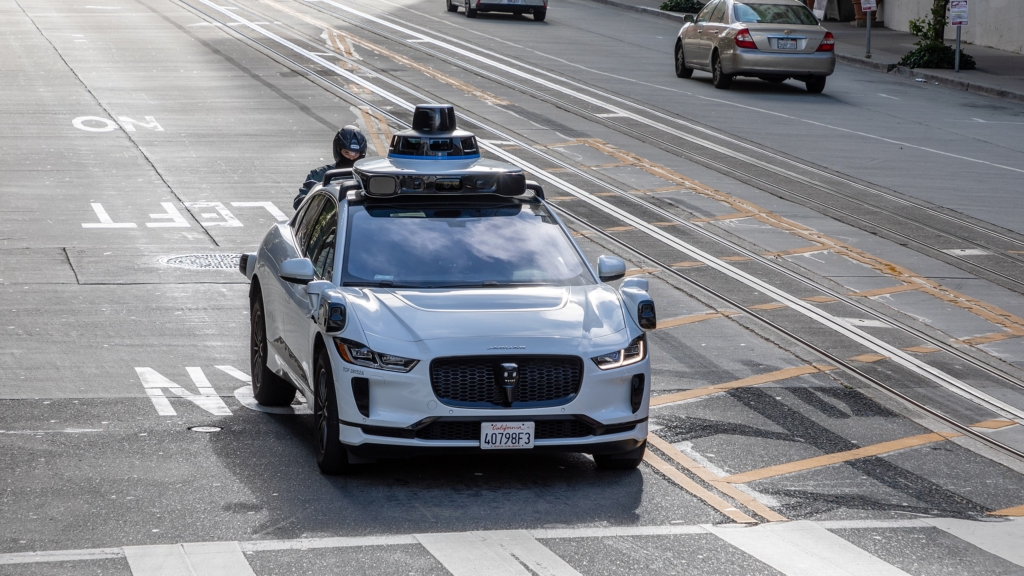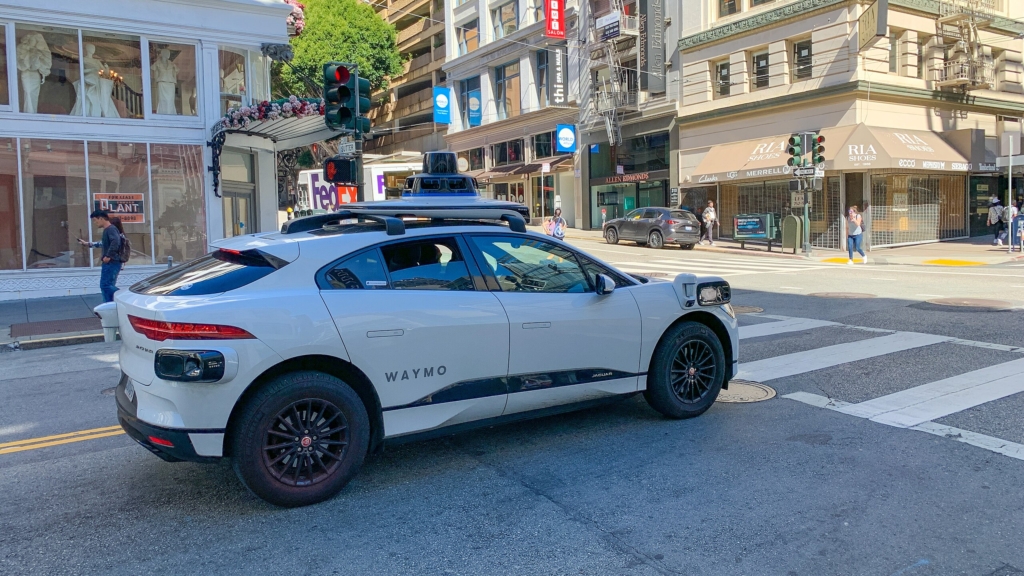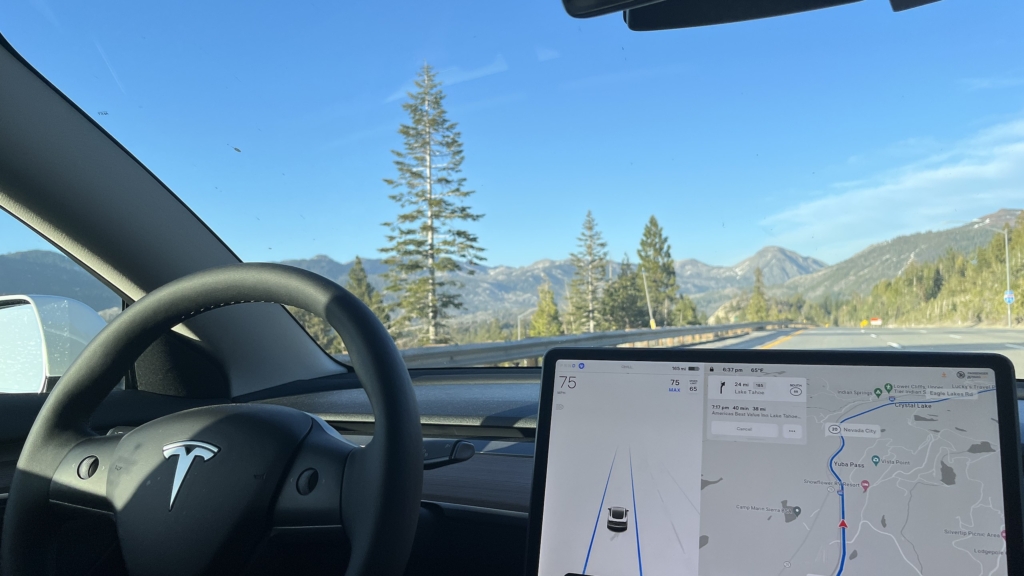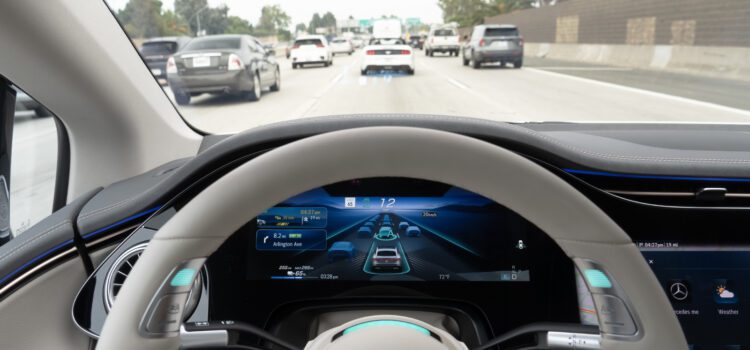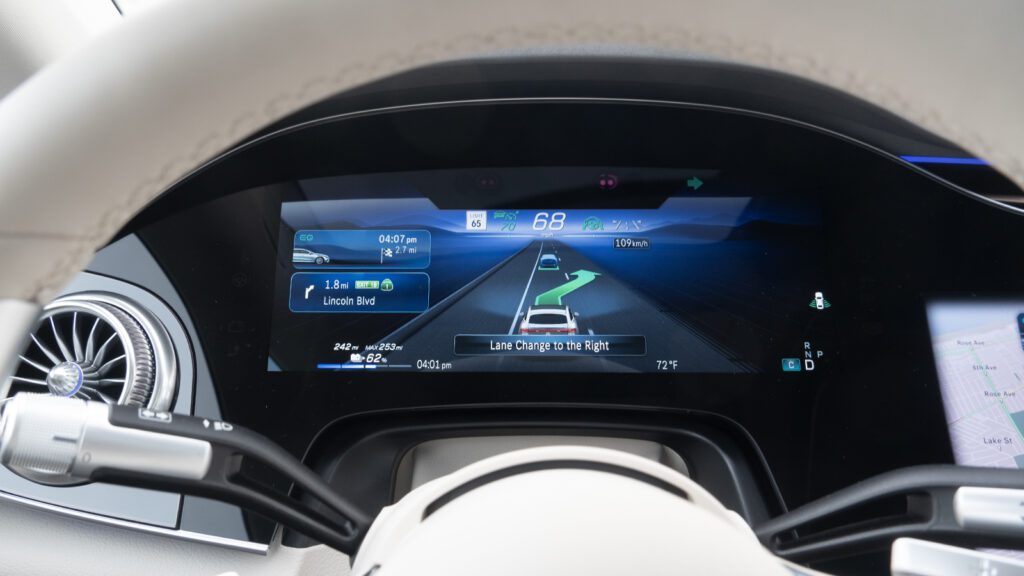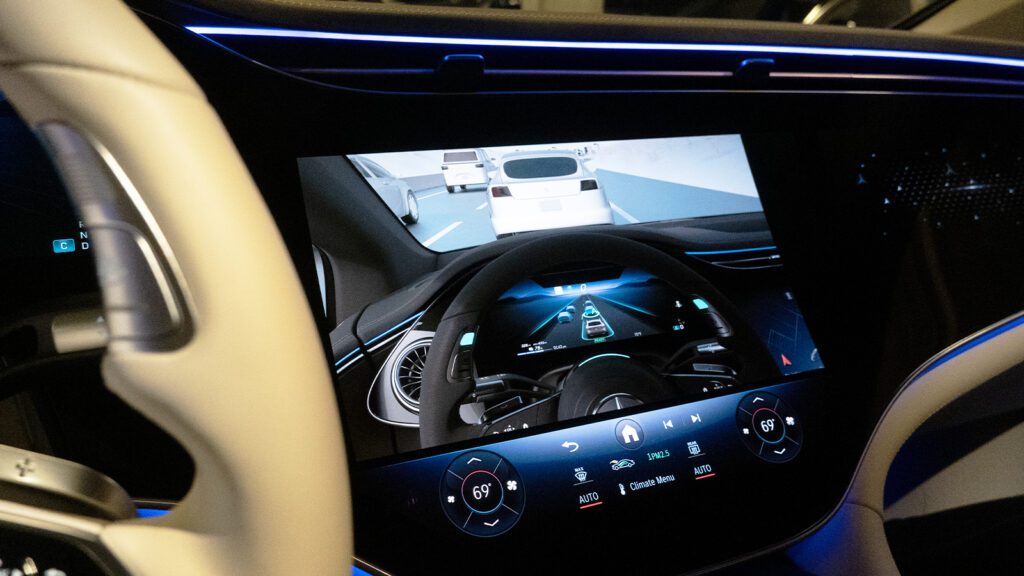Meet Ethernovia, the tech company simplifying your car’s brain for the future of safer driving
Cars are hard. Computing can be harder. Yeah, I get it. And it doesn’t help when the central nervous system of your car, the brains and all its connected gizmos and wiring, are as complex as they’ve ever been. But easy, now. There exist tech companies out there that still do what a successful (and likable) company does: provide solutions and alternatives to problems. Actual problems. Ones they didn’t fabricate or exaggerate Twitter clout. I had a chance to chat with one particular company’s representatives at this year’s CES in Las Vegas, and now it’s time for you to get to know the company, too. Meet Ethernovia, the award-winning, San Jose-based tech company poising itself to tackle issues the car companies gave themselves.
Keep in mind that I am no super hardcore tech junkie by any means. Too much Super Street growing up rots the brain. But even so, I found myself so enamored by the efforts of this company, and I wish nothing more than to share my learnings and their mission statement with you.
Solving issues the automakers created

As I waited to meet with a rep outside some random booth on the CES floor, my face sweaty from meandering around all day and donning nothing but jeans and a loose t-shirt, I didn’t quite know what to expect. I never saw anyone’s faces prior to this, nor did I have a real clear understanding of what exactly this company is or what they do. A rep, who I later learned was an Acceleramota fan, simply liked our work and wanted to connect to help share their mission.
And what a mission, indeed. Well, if you’re the techy kind that enjoys problem-solving, and God knows the auto industry could use some extra wisdom. Thankfully, Ethernovia and other companies like it are here to impart that wisdom to the glacially evolving auto industry, with the goal of simplifying their electrical and processing systems while maximizing performance in the name of improved safety and lower production costs.
Think of Ethernovia as a sort of automotive neurologist.
As I’m sure you’ve seen, cars are complicated. Over the decades, with legislation after legislation putting greater pressure on automakers to implement more safety systems and customer after customer clamoring for the latest toys and niceties, cars have evolved from the mechanical relics of an all-analog past to the rolling supercomputers they are today. Even something as basic as a rental-grade Civic or a sparsely-equipped 86 is brimming with enough writing and sensors to throw aerospace engineers of old into a spiral. And as I’ve learned, automakers haven’t necessarily been the most efficient in developing and implementing such tech. That’s not to say the current ways of doing things don’t work, as they clearly do! But Ethernovia feels it could be better.
How Ethernovia does it
Miles of wiring and mini-ECU after mini-ECU occupy the innards of every car. Clearly, it must be a conspiracy to keep the rubber insulation and copper wire industries thriving! But such an abundance is what Ethernovia considers to be of great excess, and it’s what the company seeks to reduce. Not only would more minimalist systems maintain or improve the performance of the automakers’ designs, but it’d also reduce complexity and margin for system error. This equates to lowered production costs for the OEMs and safer vehicles for consumers, especially in a future heavily leaning into the safety assists and autonomous driving tech that relies so heavily on computers and sensors.
You’d think simplifying such systems would be a given for OEMs, but such an effort can often be overlooked when engineers get spread thin on a project or said manufacturers would rather just use and install electronics from existing legacy brands (Continental, Bosch, Denso, etc.)

One way Ethernovia achieves its goals is through the consolidation of your car’s computers into fewer, dedicated ECUs. Fewer ECUs to communicate with also mean less wiring and chips, simplifying the production and assembly of the car’s electricals while still enabling all the luxury or safety toys the OEMs and consumers want. Another is through the production of more efficient, sharper responding “high-performance” ECUs, with lower power draws and less latency in its computing power, which is crucial when implemented in lane-centering, automatic braking, or adaptive cruise where every millisecond counts in emergencies. Data can be processed quickly, and the safety systems’ actuators can react sooner.
Speaking of which.
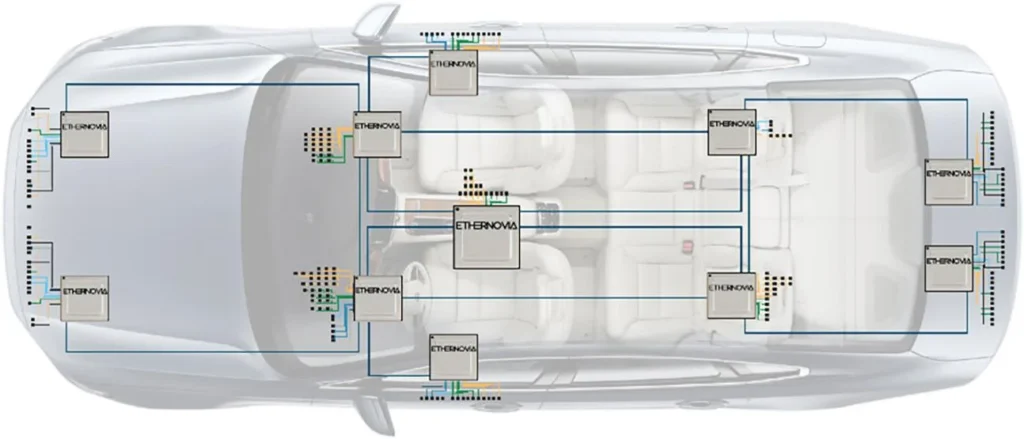
New gizmos for the era of “software-defined vehicles”
Right on time for this little tech talk/introduction of mine, Ethernovia dropped details on new chips they’ve been developing with efficiency in mind. The company announced the launch of two new 7nm PHYs (physical layers or basically the hardware in a circuit, such as chips, ports, and cabling), dubbed ENT11100 and ENT11025, respectively. Their claim to fame reportedly is that they have the industry’s lowest power draw while still having levels of processing power that meet Ethernovia’s standards for appeasing software-defined vehicles. For the die-hard techies who’ll understand it better than I do, know these new PHYs are the first and only products in their field to support 10 Gbps (Gigabits per second, a measure of bandwidth and data transmission), 5 Gbps, 2.5 Gbps, and 1Gbps.
At its fastest, Ethernovia’s PHYs are capable of transferring data at 4,500 Gigabytes per hour. At its slowest, it’s more like 450 Gigabytes per hour. Compare that to the estimated average of 25 per hour in today’s connected cars.
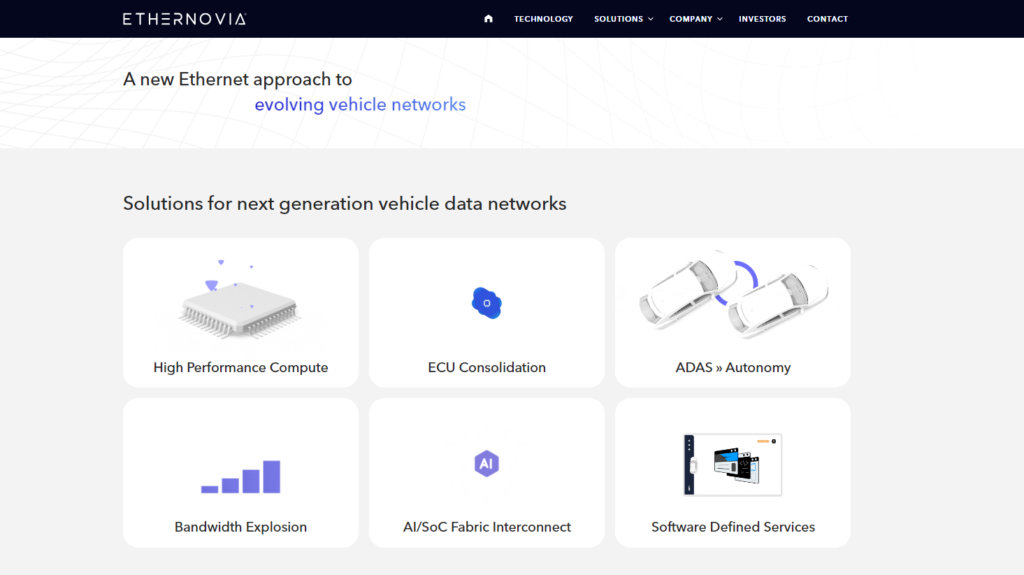
“Electrification, increasing connectivity demands, and the advancement of automated driving functions result in ever-increasing requirements on fast and secure data transmission in the vehicle and to the cloud,” stated semiconductor expert and systems architect for Volkswagen Group, Andreas Aal. “Ethernovia’s new PHY meets these demands by offering energy-efficient, high-bandwidth, low-latency data transmission paired with embedded co-optimized safety and security IP to enable a seamless and holistic architecture transition that paves the way up to future software-defined vehicles.”
Essentially, the ENT11100 and ENT11025 chips possess greater data transmission abilities for improving safety and functionality in today’s field of cars while being capable of saving energy. When implemented in mass within a car’s entire electrical system, the resulting energy savings could bode well for system reliability as well as possibly prolong the range of electric vehicles. Single-port variants are currently being sampled by prospective customers, with quad-port variants due to be available for sampling later this year.
Yes, very creative with the nomenclatures, I know. But at least all the creative juices flowed into making their crop of gizmos work as advertised to help automakers and consumers alike.
Ethernovia is up to some pretty rad stuff, and it’s companies like this seeking real solutions to real problems that we should be backing, not those who pride themselves on nothing but glitz, glam, and publicity through controversy. I wish Ethernovia and other companies like them the very best in their efforts, for if they succeed on an industry-wide scale, it will truly lead to the safer and more affordable cars we’ve been yearning for. And in my opinion, although it’s not the most star-studded headline, it’s certainly worth more curiosity than some 8-bit tinker toy of an EV rendered in 144p.



